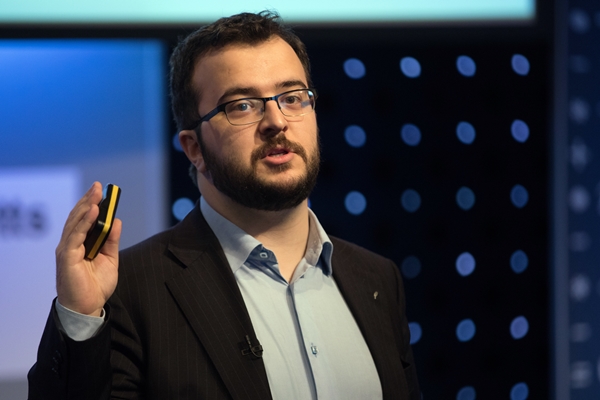15 March 2017. A software package that claims to tackle a growing problem of the failure to reproduce results of scientific research, is being field tested in an academic lab. Initial results of the test indicate the software made by the Boston start-up enterprise BioBright also improves productivity in life science labs.
BioBright is a two year-old company developing software called Darwin that it says augments and extends the work of biologists to better document their actions as the work proceeds. This documentation, says BioBright, can help address a chronic and apparently growing problem of reproducibility in lab findings. A June 2015 study in the journal PLoS Biology estimates more than half of all preclinical research is irreproducible, with a total price tag of $28 billion.
In May 2016, the journal Nature published results from a survey of 1,576 scientists, with half (52%) calling the inability to reproduce results from other labs “a serious crisis.” More than 900 of respondents in the Nature survey came from biology or academic medical labs. Among respondents from biology and medicine, two-thirds to three-quarters say they failed to reproduce experiments done by other researchers, and at least half of the group admitted to failed attempts of reproducing their own results. One-third of respondents overall, including 4 in 10 in medicine, say they are taking concrete steps to counter the reproducibility problem, such as better documentation and standardization of experimental methods.
BioBright’s Darwin system collects data generated by lab instruments, while at the same time uses voice recognition to capture researchers’ verbal comments to help document their work. Transcripts of those comments can be retrieved later as needed. Researchers’ lab notes are traditionally recorded by hand, a process that can interrupt the work flow in a lab, and increase the amount of time required for experiments.
Bijan Pesaran, a neuroscientist at New York University, field tested the BioBright system in his NYU lab. Pesaran and colleagues study activities of neurons, or nerve cells, in the brain particularly their coordination to control human behavior, with implications for decision-making, speech, and brain-machine connections. The test, funded by Defense Advanced Research Projects Agency, suggests the software offers sizeable productivity benefits to his lab.
“BioBright tackled one of the central tasks in my lab, ” says Pesaran in a BioBright statement,” how we move electrodes to record brain activity in implantable systems. Due to the complexity of the experiment, we used to have two people working together. The BioBright system augments a single researcher to do the work of two with more than 20 times greater accuracy in positioning the electrodes.”
Charles Fracchia is the founder and CEO of BioBright. The company is a spin-off from MIT, where Fracchia is currently on leave from MIT’s Media Lab and the lab of geneticist George Church at Harvard Medical School’s Wyss Institute, a bioengineering lab.
More from Science & Enterprise:
- Software to Simplify Big Data Curation
- Grid Computing Harnessed for Childhood Cancer Research
- UC San Francisco, Intel Partner on Health Analytics
- Genetic Tests, Elec. Health Records Show Hidden Disease
- Google Acquires Visual Interaction Tech Company
* * *


 RSS - Posts
RSS - Posts
You must be logged in to post a comment.